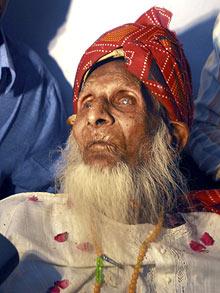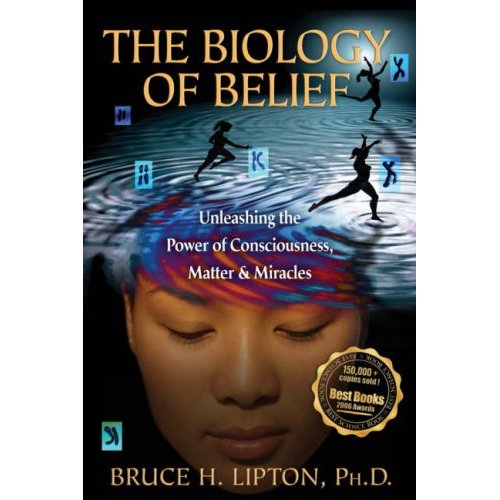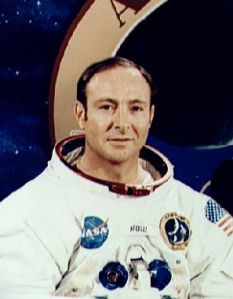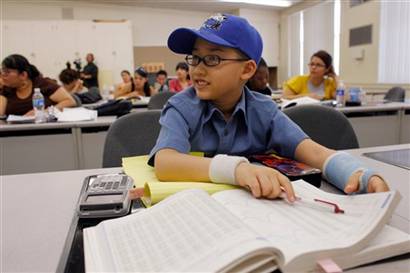Related info:
– In Okinawa it was pretty normal to reach 120 years of age.
– The Húnzukuc, Hunzukuts or Hunzakuts (“Hunzas”) commonly exceed 100 years and 120 years of age was nothing special.
– In Ecuador there is a region where people often get 120 years old and the oldest man there at the time was 136 years old.
– Li Ching-Yun lived 197 years (Inquiry Put Age At 256) – The New York Times May 6, 1933:
According to the 1933 obituaries in both Time Magazine and the New York Times, Li Ching-Yun was reported to have buried 23 wives and fostered 180 descendants by the time he died at the age of 256.
***
A man who claimed to be the world’s oldest – at 138 years – has died at his home in India.
Last Updated: 1:53PM BST 20 Aug 2008
Source: The Telegraph
 A crowd of thousands attended Habib Miyan’s funeral Photo: AP |
Habib Miyan played the clarinet in a maharajah’s orchestra before retiring 70 years ago.
However, there is much dispute over his actual age. Although he said he was 138 years old, his pension book showed him to be a mere stripling at 129 – and the Guinness Book of Records has been unable to verify his age at all.
Miyan, who lived in Jaipur in western India, had no birth certificate but has collected a state pension for decades. He once worked in the court of the king of Jaipur – Raja Man Singh, where he played in the wind section of the orchestra.
A crowd of thousands attended Miyan’s funeral – demonstrating the fame to which he had risen in the state of Rajasthan. He died after suffering fever and dysentery, his niece Munni told reporters.
Miyan sprang to the attention of the world in 1998, when a bank clerk called Rajesh Nagpal decided to look up the records of the venerable old man who had been collecting his pension for as long as anyone could remember.
Six years later he became one of the oldest people to make the pilgrimage to Mecca – a lifelong goal for the devout Muslim.
The visit was exceptional: Miyan, who had been blind for more than 50 years and suffered limited mobility, spent most of his time at home praying and telling stories to his enormous extended family of 140 people.
“If you treat your body well, the body will treat you well,” Miyan always said, according to a relative.






